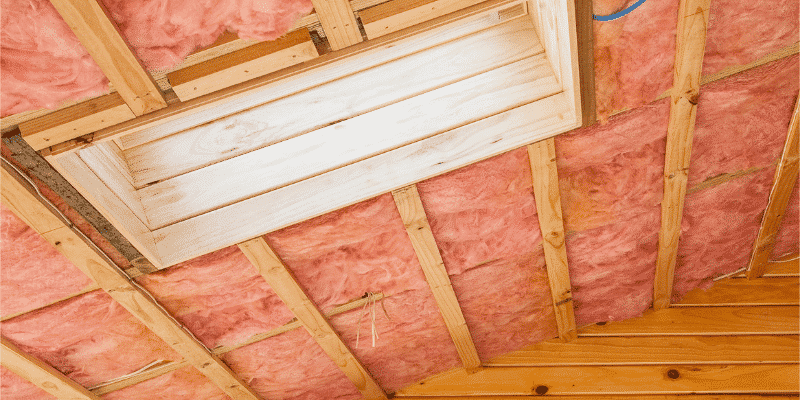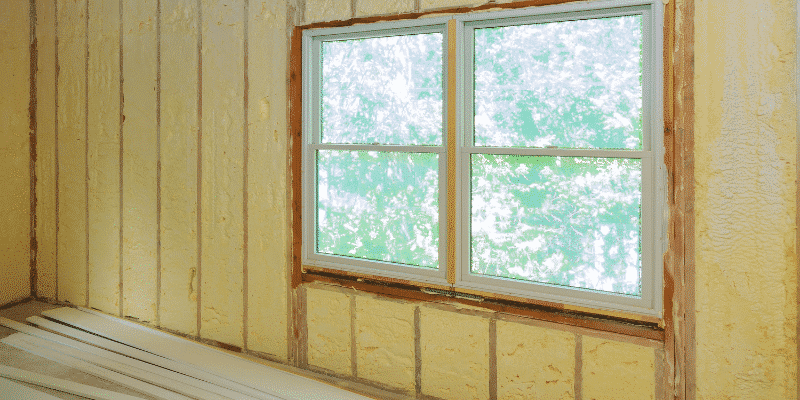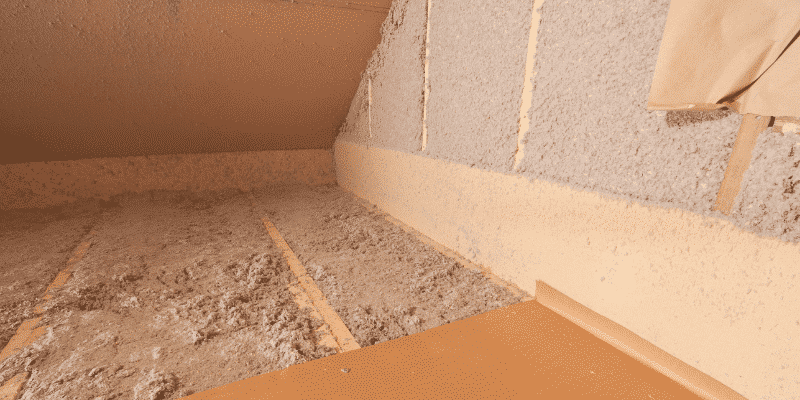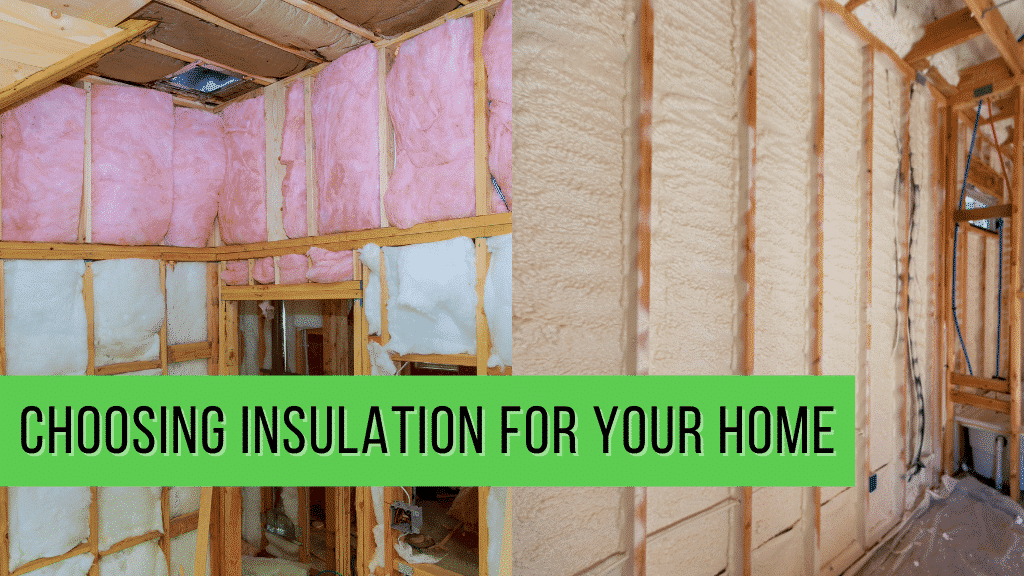Having a wide array of electronic gadgets in your home can escalate your power bill pretty high. But the cost dwarfs the heating and cooling expense. Study reports indicate that Americans spend billions every year on air conditioning costs. According to EPA, U.S. homes can reduce these costs by 15% if they insulate their floors, walls, and attics with excellent insulating material.
Fifteen percent may not sound like much on your monthly power bill. Nonetheless, the savings can be massive over the years. Not forgetting that installing a good insulator can protect your home from water-leakage, make the surfaces fire-resistant, among other incredible benefits.
So, what type of insulation is best for your home?
Several factors may determine your choice of an insulator. One of the most crucial factors is the material’s R-Value. R-Value is a measure of the insulator’s thermal resistance, i.e., its ability to block heat flow. This means that a material with a higher R-Value offers superior insulation and vice versa.
Other qualities you may want to consider include; material’s moisture resistance, durability, and maybe cost when comparing between materials that perform relatively the same. Your climate and the part of the house you want to insulate may also come into play when settling for an ideal insulator.
Below we discuss three common insulating materials- fiberglass, spray-in foam, and blown-in cellulose – to help you decide which one is best for your home.

Fiberglass
Fiberglass insulation is one of the most common insulation materials in the market. It’s available in two forms – batts and loose-fill. Batts are often used on expansive surfaces, while loose-fill, as the name suggests, is used to fill up gaps that can’t be covered using batts. Loose-fill has an R-Value of about 2.9 per inch, while batts can achieve 3.8 R-Value per inch.
Benefits of Fiberglass
Some notable benefits of using fiberglass to insulate your home include;
- Affordability
- Average moisture and fire resistance
- Durability
- Ease of installation
- Soundproof

Spray-In Foam
Spray-in foam is one of the most superior insulators in the market. It contains or is rather installed using two chemical compounds held in separate containers, then conveyed through heated hoses to a gun, where they mix and spray the target surface. Once applied, the foam expands to fill the gaps on the floor, ceiling, or wall, providing complete sealing and strengthening the structural component of the surface.
This insulation material also comes in two forms – open cell and closed cell. Open-cell has a lower R-Value than closed-cell application. But generally, their R-Value range between 5-8 per inch. Therefore, even though the initial cost of spray foam insulation is higher than other options, the long term cost is much lower.
Benefits of Spray-In Foam
- Durable
- Easy to install
- Adequate air and moisture barrier
- Fire-resistant

Blown-In Cellulose
Blown-in cellulose is another excellent insulation material that boasts an R-Value of about 3.8 per inch. It’s mostly made of recycled paper but also contains a percentage of a fire-resistant mineral compound.
Benefits of Blown-In Cellulose
- Eco-friendly
- Fire and insect resistant
- Mold resistant
- Strong moisture barrier
Which Insulation Material Is Best for Your Home?
- Installation
Even though loose-fill fiberglass is more costly than batts, it’s still much affordable than blown-in cellulose and spray-in form. The installation cost for fiberglass, both batts and loose-fill, is also lower than the other two.
Similarly, installing fiberglass is less complicated than installing, say, spray-in foam. For instance, you can easily install the pre-cut batts on your own. However, you may need to hire a professional to do the installation for the best results and performance. But even then, you will end up paying less due to the ease of installation, unlike in the case of spray-in foam and blown-in cellulose.
- Moisture Blocking
Both spray-in foam and blown-in cellulose have superior moisture resistance qualities. Even though fiberglass has moisture blocking properties, it’s not as effective as, say, spray-in foam, which is completely impervious. Fiberglass loses its R-Value when compressed, which happens when it’s exposed to excessive moisture.
- Durability
Fiberglass can last up to 100 years, but it loses its R-Value when exposed to excessive moisture. On the other hand, spray-in foam and cellulose hold up their thermal resistance pretty well, amount of moisture notwithstanding.
- Health Safety
Fiberglass may pose a health risk to handlers when inhaled during spraying. The glass particles that tend to be blown during installation are carcinogenic. Though it’s safe once installed, if the installer fails to wear a mask, they expose themselves to the risk of lung cancer. On the contrary, spray-in foam and blown-in cellulose are pretty safe for both the installer and homeowner.
Verdict
While fiberglass is a widely-used insulator with a load of benefits, homeowners who don’t mind spending extra dollars for a more comfortable indoor experience may want to go for spray-in foam or even blown-in cellulose. Their superior qualities make them better choices for homes and commercial buildings looking to seal their surfaces, cost notwithstanding.

